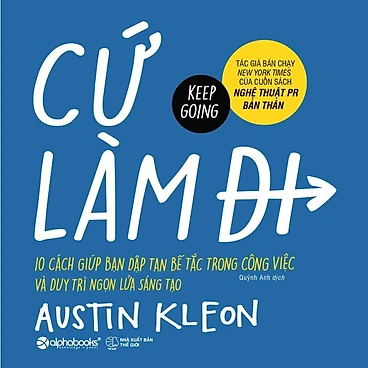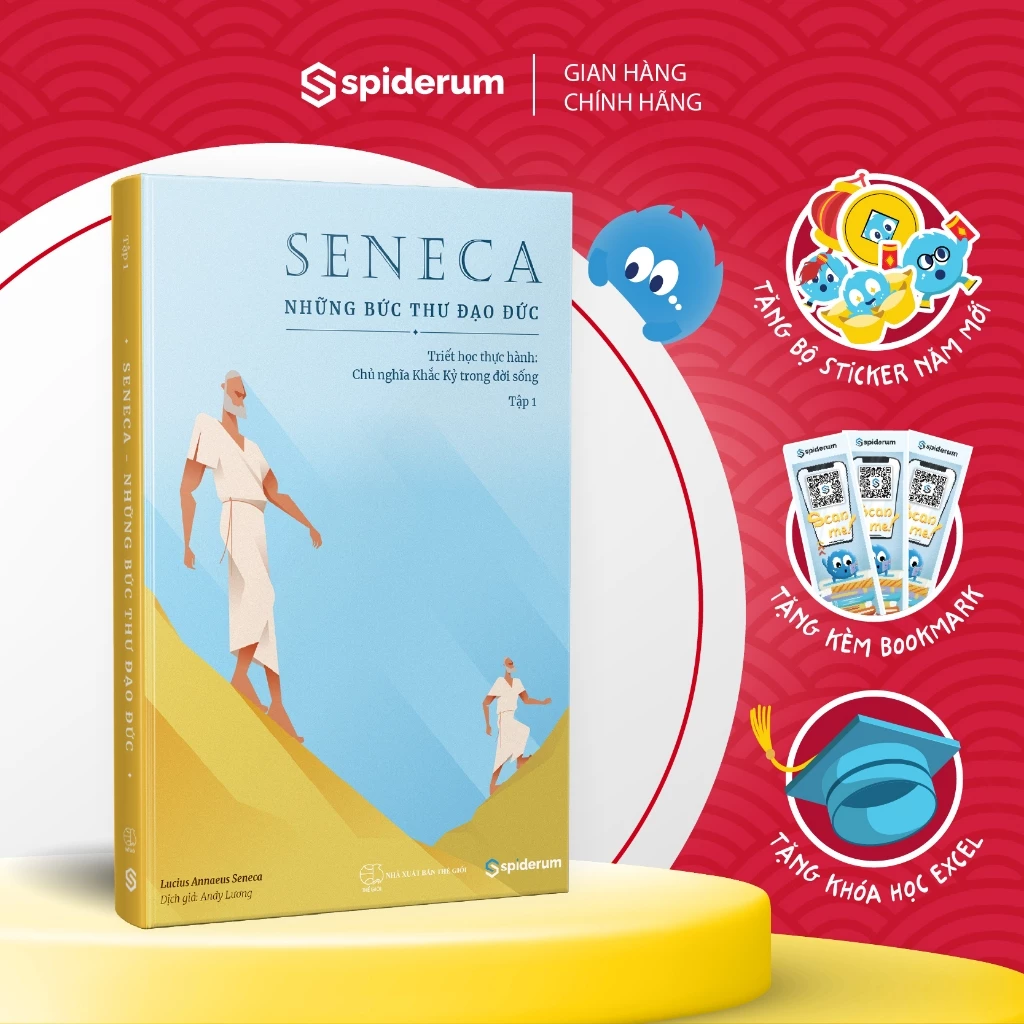Ytri(III) bromide
| Ytri(III) bromide[1] | |
|---|---|
 | |
| Danh pháp IUPAC | Yttrium(III) bromide |
| Tên khác | Yttrium tribromide |
| Nhận dạng | |
| Số CAS | |
| PubChem | |
| Ảnh Jmol-3D | ảnh |
| SMILES | đầy đủ
|
| InChI | đầy đủ
|
| ChemSpider | |
| Thuộc tính | |
| Công thức phân tử | YBr3 |
| Khối lượng mol | 328.618 g/mol |
| Bề ngoài | tinh thể hút ẩm không màu |
| Điểm nóng chảy | 904 °C (1.177 K; 1.659 °F) |
| Điểm sôi | |
| Độ hòa tan trong nước | 83.3 g/100 mL at 30°C |
| Cấu trúc | |
| Cấu trúc tinh thể | Trigonal, hR24 |
| Nhóm không gian | R-3, No. 148 |
| Các nguy hiểm | |
| NFPA 704 |
|
| Ký hiệu GHS |  |
| Báo hiệu GHS | Warning |
| Chỉ dẫn nguy hiểm GHS | H315, H319, H335 |
| Chỉ dẫn phòng ngừa GHS | P261, P264, P271, P280, P302+P352, P304+P340, P305+P351+P338, P312, P321, P332+P313, P337+P313, P362, P403+P233, P405, P501 |
| [2] | |
Trừ khi có ghi chú khác, dữ liệu được cung cấp cho các vật liệu trong trạng thái tiêu chuẩn của chúng (ở 25 °C [77 °F], 100 kPa). | |
Ytri(III) bromide là một hợp chất vô cơ có công thức hóa học là YBr3. Nó là một chất rắn màu trắng.
Sản xuất
[sửa | sửa mã nguồn]Ytri(III) bromide khan có thể được sản xuất bằng phản ứng của ytri(III) oxide hoặc ytri(III) bromide hydrat và amoni bromide. Phản ứng được tiến hành khi có mặt chất trung gian là (NH4)3YBr6[3]. Một phương pháp khác là phản ứng của ytri carbide (YC2) và brom[4].
Tính chất
[sửa | sửa mã nguồn]Ytri(III) bromide có thể bị khử bởi kim loại ytri thành YBr hoặc Y2Br3[5]. Nó có thể phản ứng với osmi để tạo ra Y4Br4Os[6].
Tham khảo
[sửa | sửa mã nguồn]- ^ Lide, David R. (1998), Handbook of Chemistry and Physics (ấn bản thứ 87), Boca Raton, Florida: CRC Press, tr. 4–94, ISBN 0-8493-0594-2
- ^ “Yttrium(III) bromide anhydrous, powder, 99.9% | Sigma-Aldrich”. Lưu trữ bản gốc ngày 29 tháng 12 năm 2019. Truy cập ngày 24 tháng 1 năm 2022.
- ^ Gerd Meyer, Siegfried Dötsch, Thomas Staffel (1987). “The ammonium-bromide route to anhydrous rare earth bromides MBr3”. Journal of the Less Common Metals (bằng tiếng Anh). 127: 155–160. doi:10.1016/0022-5088(87)90372-9.Quản lý CS1: nhiều tên: danh sách tác giả (liên kết)
- ^ Mussler, R. E.; Campbell, T. T.; Block, F. E.; Robidart, G. B. Metallothermic reduction of yttrium halides. Bureau of Mines Report of Investigations, 1963. 6259. pp 21.
- ^ H. Mattausch, J. B. Hendricks, R. Eger, J. D. Corbett, A. Simon (1980). “Reduced halides of yttrium with strong metal-metal bonding: yttrium monochloride, monobromide, sesquichloride, and sesquibromide”. Inorganic Chemistry (bằng tiếng Anh). 19 (7): 2128–2132. doi:10.1021/ic50209a057. ISSN 0020-1669.Quản lý CS1: nhiều tên: danh sách tác giả (liên kết)
- ^ Peter K. Dorhout, John D. Corbett (1992). “A novel structure type in reduced rare-earth metal halides. One-dimensional confacial chains based on centered square antiprismatic metal units: Y4Br4Os and Er4Br4Os”. Journal of the American Chemical Society (bằng tiếng Anh). 114 (5): 1697–1701. doi:10.1021/ja00031a024. ISSN 0002-7863.
Chúng tôi bán
 GIẢM
41%
GIẢM
41%
8.900 ₫
15.000 ₫
 GIẢM
26%
GIẢM
26%
95.460 ₫
129.000 ₫
 GIẢM
33%
GIẢM
33%
13.400 ₫
20.000 ₫
 GIẢM
17%
GIẢM
17%
100.000 ₫
120.000 ₫

![[Tóm tắt và đánh giá] Bạn không thông minh lắm đâu | Cuốn sách tâm lý học thú vị bạn nên đọc vào năm 2024](https://down-bs-vn.img.susercontent.com/vn-11134201-23030-c1d4ivny4kov19.webp)


![[Lôi Thần] Không về phe Thiên Lý và mục đích của](https://gamek.mediacdn.vn/133514250583805952/2021/7/9/c2e58-16229262575586-800-16258434373711138241017.jpg)

